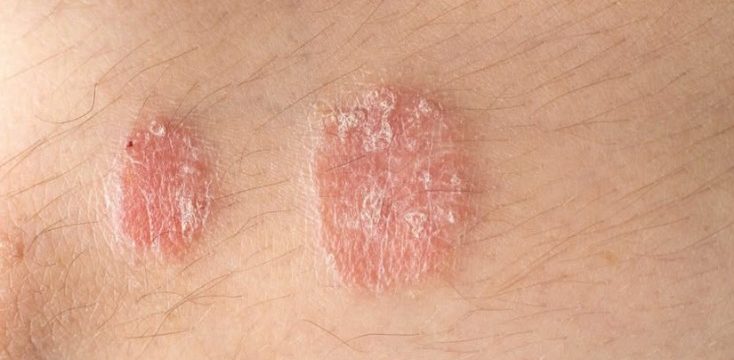Have you ever glanced at the small hole near the top of your bathroom sink and wondered why it’s there? At first, it might seem like an odd or even unnecessary feature, but that tiny opening actually plays a critical role in keeping your sink functional and your bathroom safe from water damage. Known as an overflow hole, this simple design element is one of the most overlooked yet essential parts of a sink. Today, we’ll break down the purpose of the overflow hole, its hidden drawbacks, and how to properly clean and maintain it to ensure it continues to do its job effectively.

What’s the Purpose of the Overflow Hole?
The overflow hole is typically located about one-third of the way down from the top of the sink basin. While it might not seem significant, it serves two primary functions: preventing overflows and improving drainage efficiency.
Here’s how it works: Imagine you’ve accidentally left the faucet running while you stepped away to answer a phone call or got distracted by something else. As the water rises in the basin, the overflow hole acts as a safety net. Before the water level can spill over the edge and onto your bathroom floor, it flows into the overflow hole and down into the drainpipe. This prevents potential water damage, which can lead to expensive repairs and mold issues.
Additionally, the overflow hole helps air circulate through the drainage system. This circulation reduces pressure in the pipes, allowing water to drain more efficiently. Without it, you might notice slower water drainage or even bubbling sounds coming from your sink.
So, while it might look small and unimportant, the overflow hole is a key safety and functionality feature in your sink’s design.
The Overflow Hole’s Hidden Drawback
While the overflow hole is undeniably helpful, it does have one significant downside: it’s a magnet for grime, bacteria, and mold. Because of its location and the fact that water often splashes into it without completely rinsing it clean, residue from soap, toothpaste, and other bathroom products tends to build up over time.
This buildup creates an ideal environment for bacteria and mold to thrive. If you’ve ever noticed an unpleasant smell coming from your sink despite regularly cleaning the basin and drain, the overflow hole might be the hidden culprit. The damp, dark interior of the overflow creates the perfect breeding ground for odor-causing bacteria.
Unfortunately, because it’s often overlooked during routine cleaning, the overflow hole can go months—or even years—without being properly cleaned. But don’t worry; with a few simple steps, you can restore freshness to your sink and prevent odors from returning.
How to Clean the Overflow Hole
Cleaning the overflow hole isn’t as complicated as it might sound. With some basic household ingredients, you can effectively eliminate bacteria, mold, and unpleasant odors. Here’s how:
Step 1: Prepare a Cleaning Mixture
Combine equal parts white vinegar and baking soda in a small container. This natural combination creates a powerful cleaning agent that’s effective at breaking down grime, killing bacteria, and neutralizing odors.
Step 2: Pour the Mixture into the Overflow Hole
Slowly pour the vinegar and baking soda mixture directly into the overflow hole. You’ll notice bubbling and fizzing—that’s the mixture working its magic to dissolve stubborn buildup.
Step 3: Let It Sit
Allow the cleaning mixture to sit in the overflow hole for about 5 to 10 minutes. This gives it enough time to break down any residue and disinfect the area thoroughly.
Step 4: Flush with Warm Water
After the mixture has done its job, carefully pour warm water into the overflow hole to rinse away any remaining debris. You can use a funnel or a squeeze bottle to direct the water more effectively into the hole.
Step 5: Repeat if Necessary
If the smell persists or the hole still looks dirty, repeat the process until it’s completely clean and odor-free.
Tips for Maintaining a Clean Overflow Hole
To keep your sink’s overflow hole fresh and functional, it’s essential to include it in your regular cleaning routine. Here are a few maintenance tips:
- Clean Regularly: Aim to clean the overflow hole at least once every few weeks to prevent buildup from accumulating.
- Inspect for Clogs: Regularly check your sink’s main drain and overflow hole for any signs of clogs or slow drainage.
- Use Natural Cleaners: Stick to gentle, natural cleaners like vinegar and baking soda. Avoid harsh chemical cleaners, which can damage pipes over time.
- Wipe Down the Basin Daily: A quick daily wipe-down of your sink basin can prevent residue from soap and toothpaste from entering the overflow hole.
Why This Tiny Hole Deserves Attention
Despite its unassuming appearance, the overflow hole is a small yet vital feature in your bathroom sink. It prevents flooding, supports efficient drainage, and ensures your sink operates as it should. But like any part of your home, it requires care and attention to stay functional.
Neglecting the overflow hole can lead to stubborn odors, mold buildup, and even plumbing issues. Fortunately, with just a little regular maintenance and an occasional deep clean, you can keep this overlooked feature working perfectly.
A Small Feature with a Big Impact
The next time you notice the small hole near your bathroom sink’s faucet, remember it’s far more than just a random design detail—it’s a thoughtfully engineered feature that keeps your bathroom safe and functional. While it might not demand much of your attention, giving it an occasional clean will ensure your sink remains fresh, odor-free, and efficient.
Now that you know the purpose and importance of the overflow hole, take a few minutes to check yours. And the next time someone asks about that tiny hole in their sink, you’ll have all the answers. It’s often the smallest details that make the biggest difference in home design!





